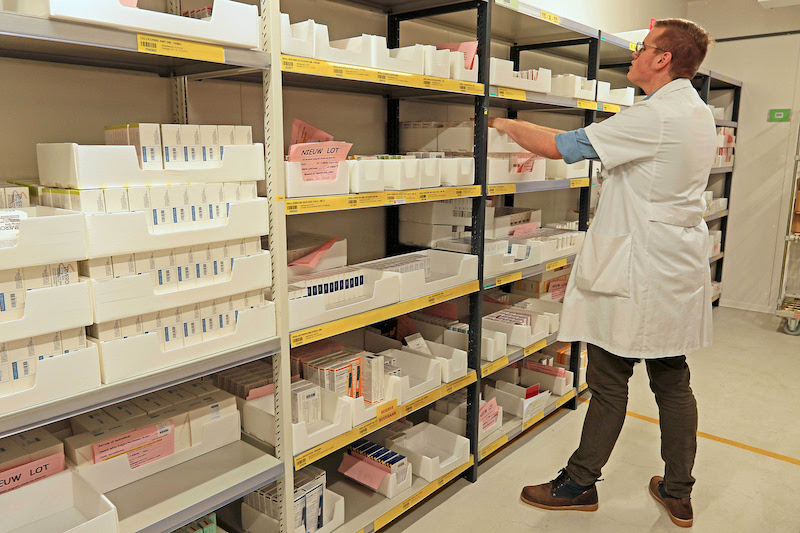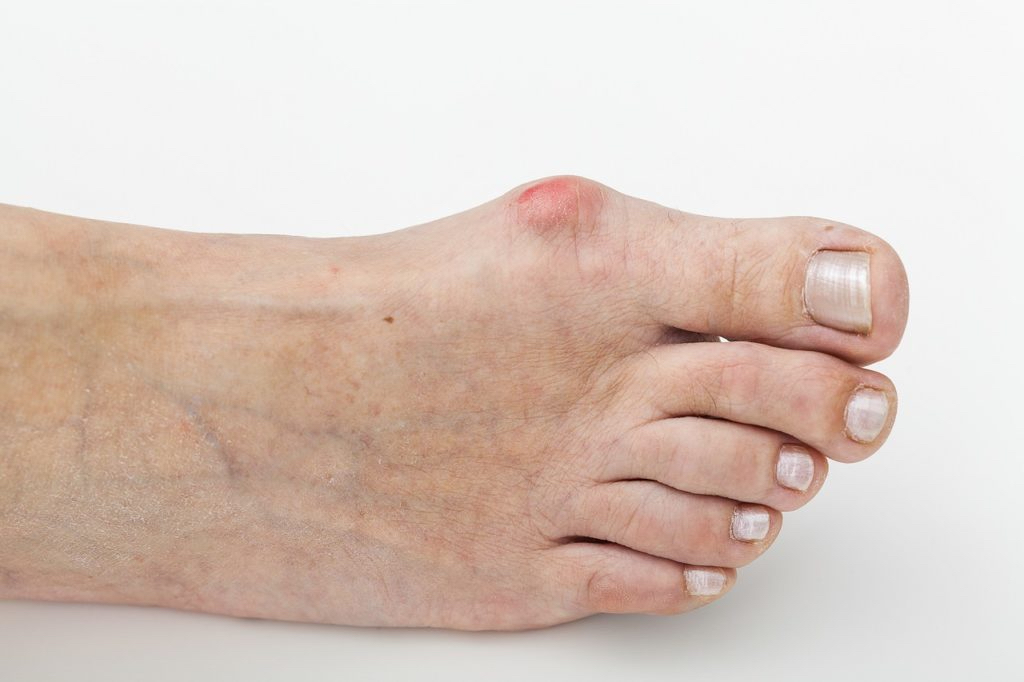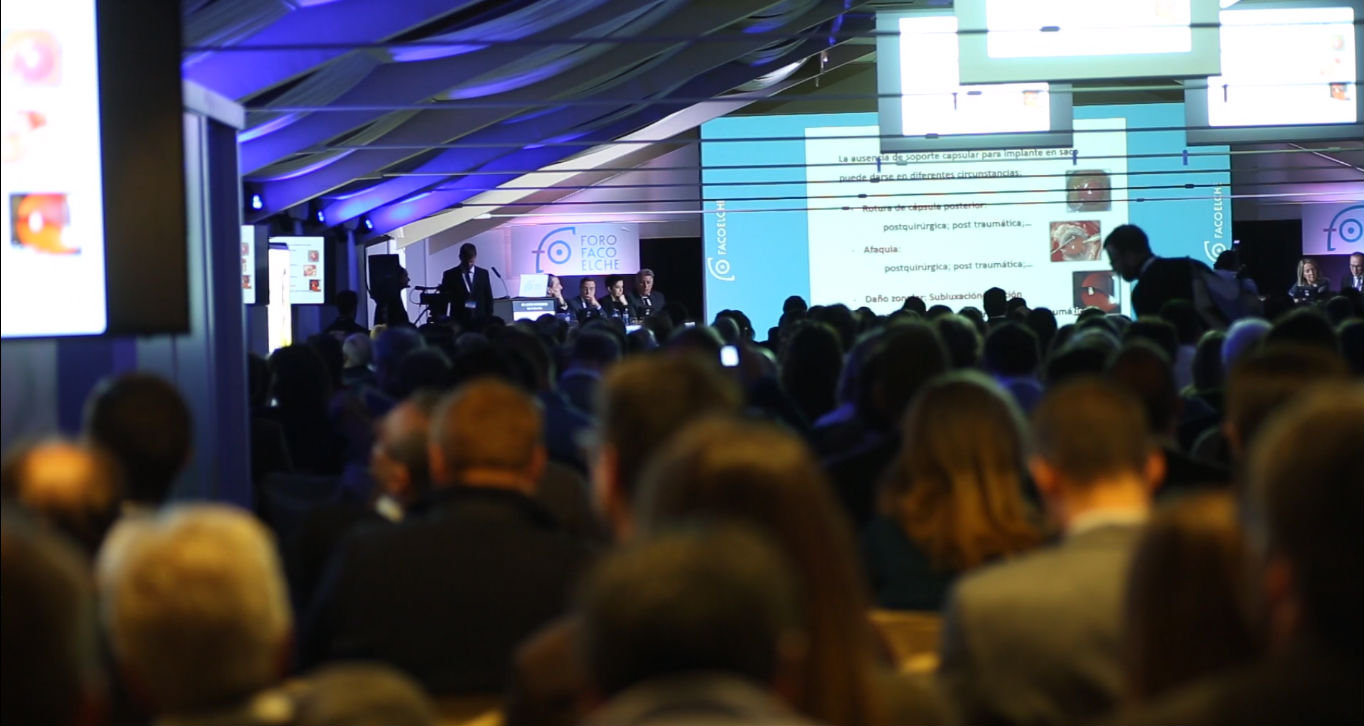
FacOptom: New challenged and borders in Clinical optometry
Last Friday, February 2, at the prestigious Facoelche congress, the FacOptom session took place within the framework of the prestigious FacoElche congress, being it its fifth edition and having almost 200 attendees.
This year’s session was entitled “New Challenges and Borders in Clinical Optometry”, directed and coordinated by David Piñero, Rafael José Pérez Cambrodí and Valentín Díaz.
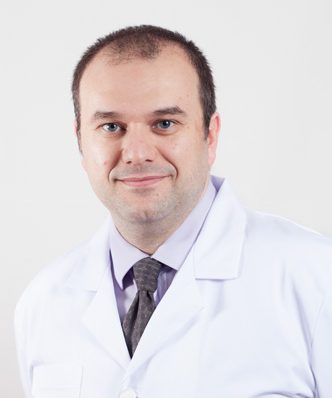
Dr. David Piñero
This session serves as a meeting point for opticians-optometrists, ophthalmologists, as well as other experts in Vision Sciences in order to highlight existing advances and, above all, establish consensus and ties between two professions that need to work in coordination for the benefit of the patient, optometrist and ophthalmologist.
FacOptom: Advances in Optometry
In the first block of FacOptom, it deals with the new advances in optometry, including the use of electronic devices for the evaluation of visual function, the new methods of analyzing visual results, the advances in the refraction of the guided eye in front of wave and new methods to measure the astigmatism of the cornea.
All this is a luxury cargo among which are the optometrists Manuel Rodríguez Vallejo, Jorge Calvo, Ángel de la Llama y Catarina Rehla, as well as the ophthalmologistsJaime Aramberri, Joaquín Fernández and Francisco Javier Castro.
In the second block, new uses of contact lenses are discussed, as well as possible complications. The advances in the study of the control of myopia with orthokeratology lenses, the benefits of the use of scleral lenses in patients with corneal problems and the precautions when prescribing this type of lenses and what risks can be shown were shown in detail. present.
This block of FacOptom counted with the inestimable presence of the ophthalmologists Salvador García-Delpech and Juan Durán de la Colina, and the optometrists Diego López Alcón, Gonzalo Carracedo, Pepa Juan and Javier Sebastián.
Training and visual prevention
Finally, they talk about new opportunities for training and visual prevention, including the concept of neuroadaptation for patients who undergo cataract surgery and an intraocular lens is implanted, and these are options to minimize the effects of phenomena such as halos or disfotopsias sometimes perceptible with this type of lens.
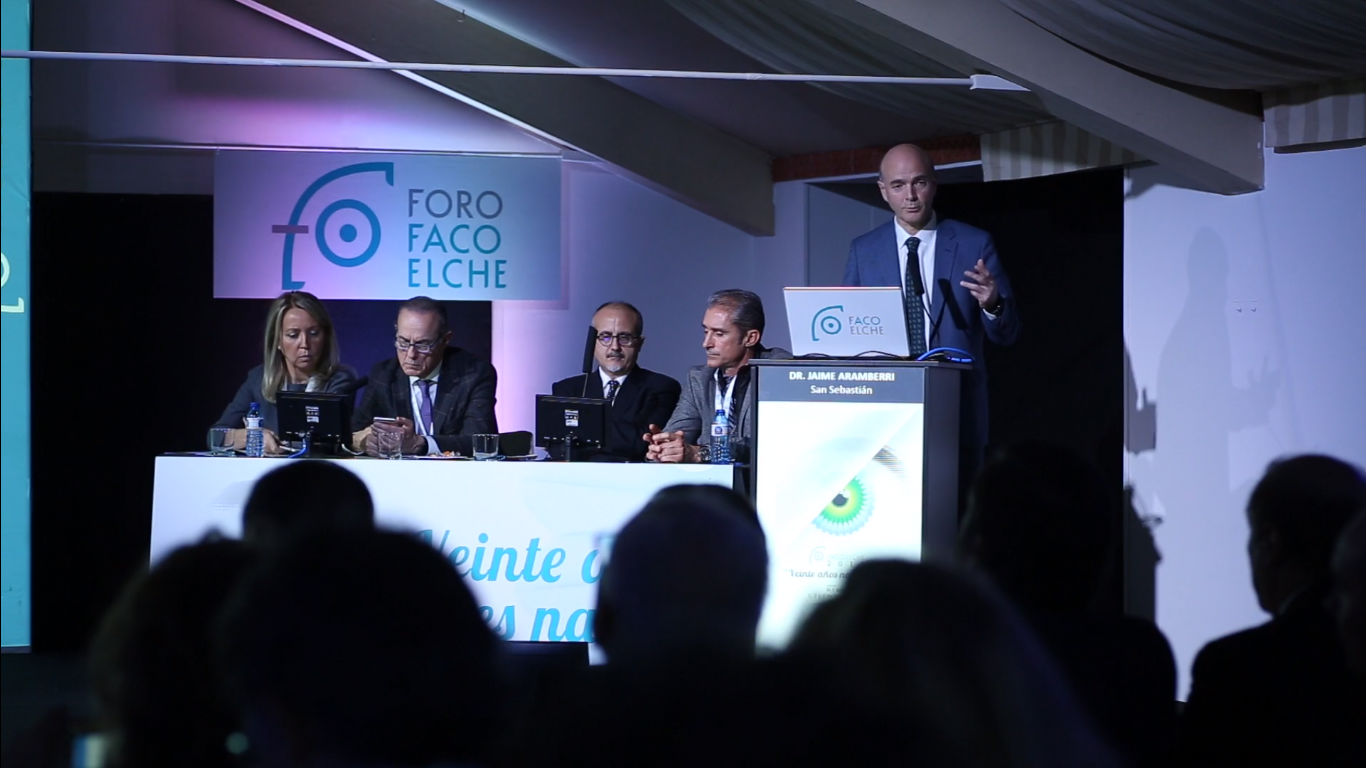
Speaker: Dr. Jaime Aramberri
Finally, a novel system for the control of working distance with electronic devices was presented, avoiding the possible negative effect of an excess of approach. It is a system that detects the excess of approach, darkening immediately the screen displayed.
In this session we counted on the optometrists Ángel de la Llama, Raúl Gómez and Sofía Lorente, the ophthalmologists José Alfonso, Miguel Ángel Gil and Filomena Ribeiro, and the inestimable presence of the Physics professor at the University of Murcia, Norberto Gil.



